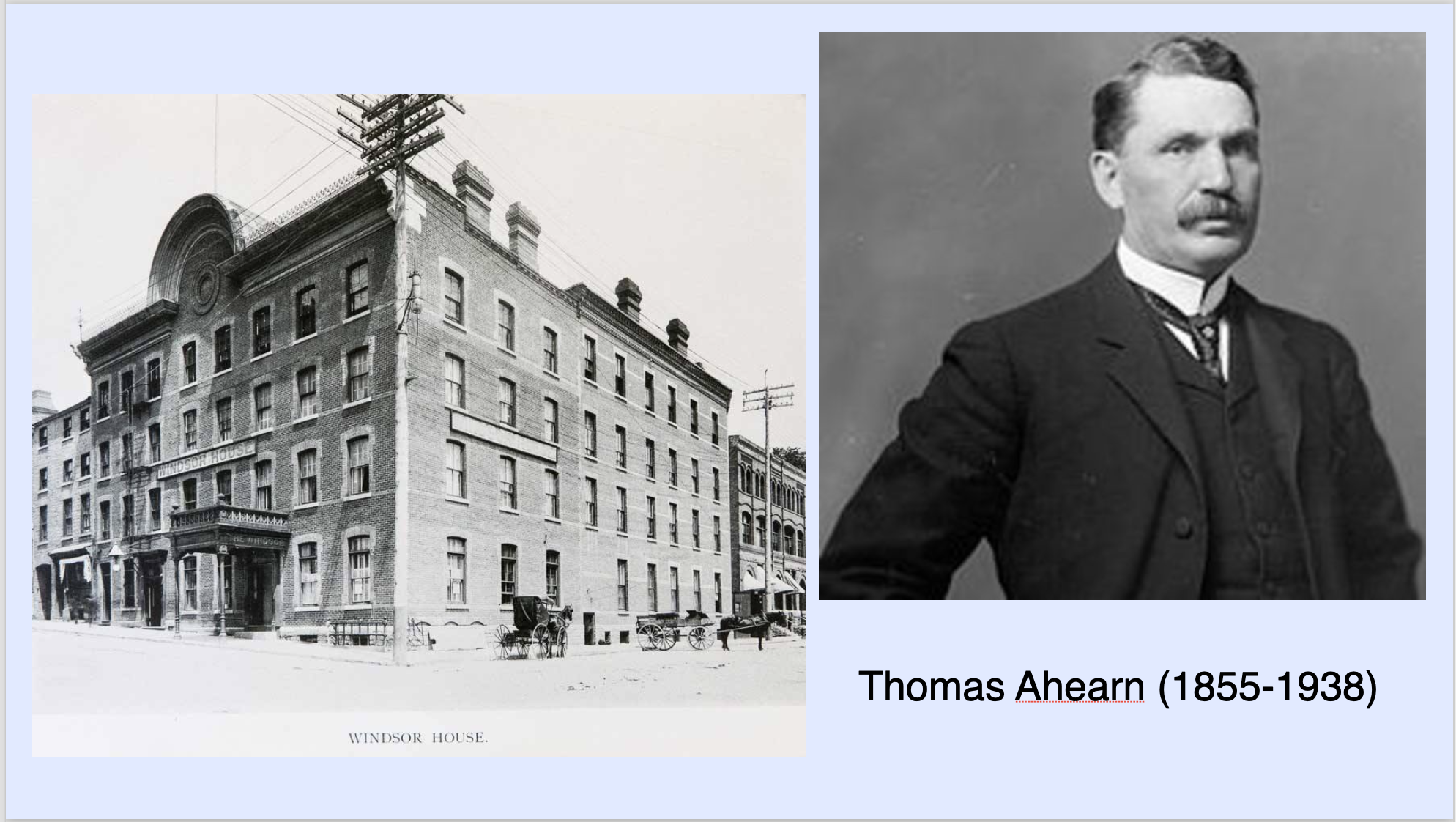ON THIS DAY: 29 August 1892 – At the Windsor Hotel in Ottawa, the Canadian inventor Thomas Ahearn made culinary history by serving the first full dinner ever cooked entirely using electricity. It was an astonishing 30-course meal for 100 distinguished guests.
Just weeks earlier, Ahearn had been granted Patent No. 39,916 for an improved electric oven. His design featured enclosed pits containing electric heaters and incandescent lighting inside the oven, allowing chefs to monitor dishes without opening the door, a modern idea even by today’s standards.
Together with his business partner Warren Soper, Ahearn hosted what is now considered the world’s first all-electric banquet. The local press hailed the feat as groundbreaking, with a reporter from the Ottawa Journal declaring that the entire banquet had been prepared ‘by the agency of chained lightning.’
The elaborate menu included consommé royale, fish with croquettes, chicken, roast beef, turkey, veal, lamb cutlets, and sweetbreads. Tea and coffee were served, along with puddings and pastries for dessert – all prepared by Ahearn’s electric appliance.
Among the guests were Ottawa’s mayor, executives from the city’s electric railway and power companies, and journalists, all gathered to witness a technological marvel.
The meal itself was cooked in a massive brick-lined electric oven, located at the Ahearn & Soper tram sheds, and then transported to the hotel by special streetcar. The oven, about six feet wide with internal dimensions of 4×4 feet, operated on 43 amperes at 50 volts, powering two heaters. With its plate-glass viewing windows and even heating, the oven avoided scorching or undercooking, something gas and coal stoves often struggled with.
After dinner, guests were invited to view the oven in action. Ahearn personally demonstrated its workings, cementing the event as a milestone in culinary and technological innovation.
While Ahearn did not invent the electric oven outright, his public demonstration marked a turning point. Still, electric ovens remained a rarity for decades because they were bulky, costly, and impractical before homes had reliable electricity. It wasn’t until the 1930s that they began gaining real traction among consumers.

